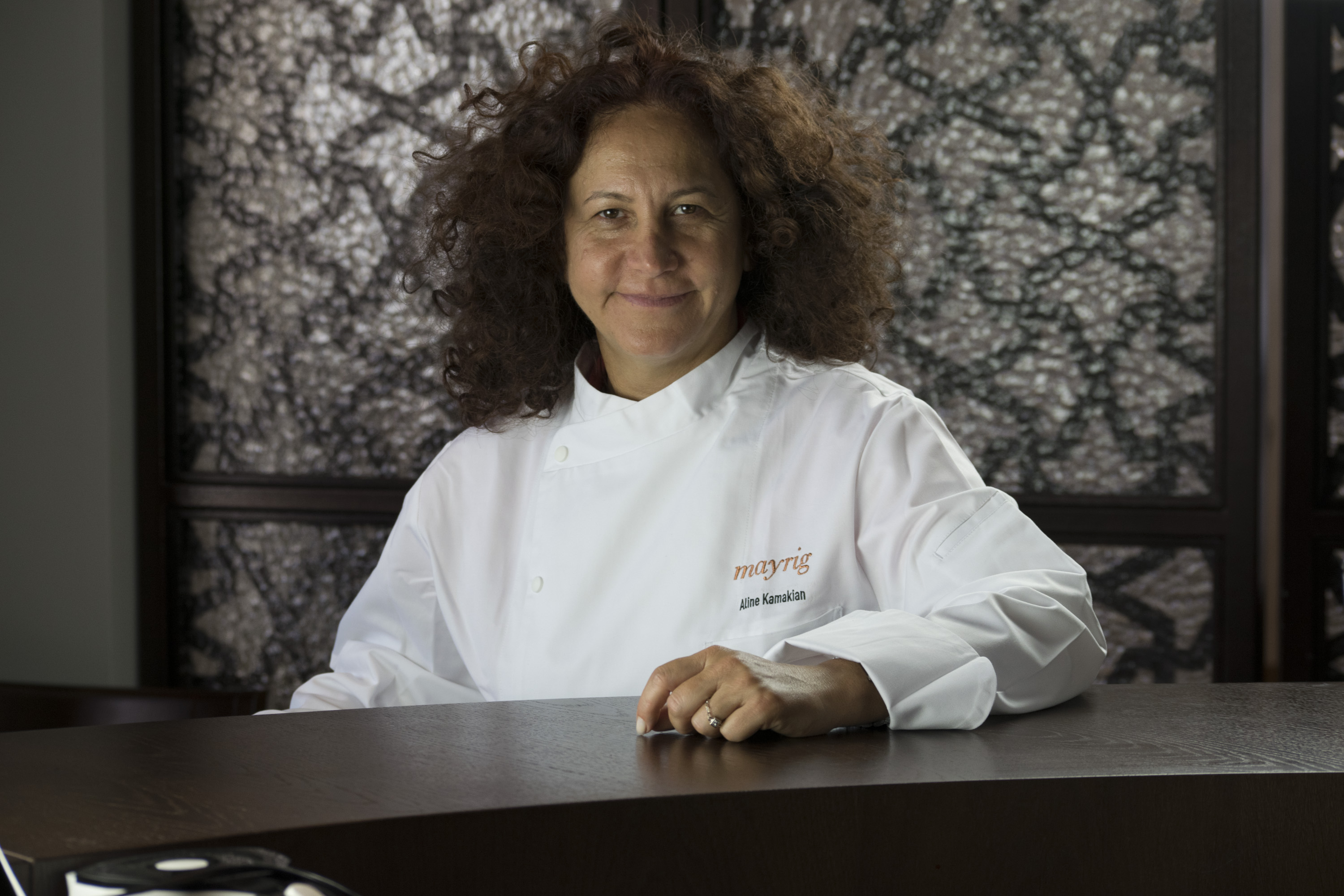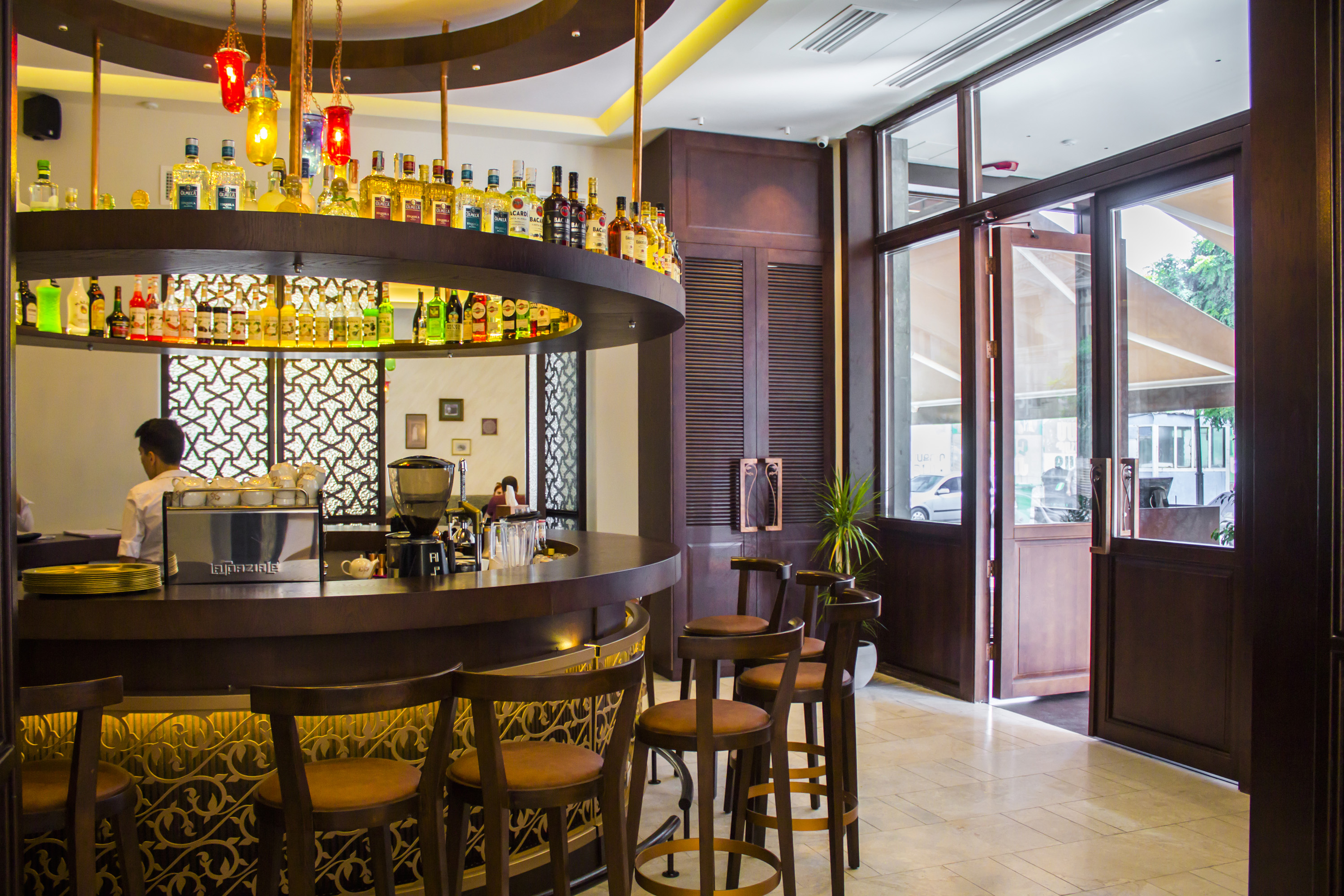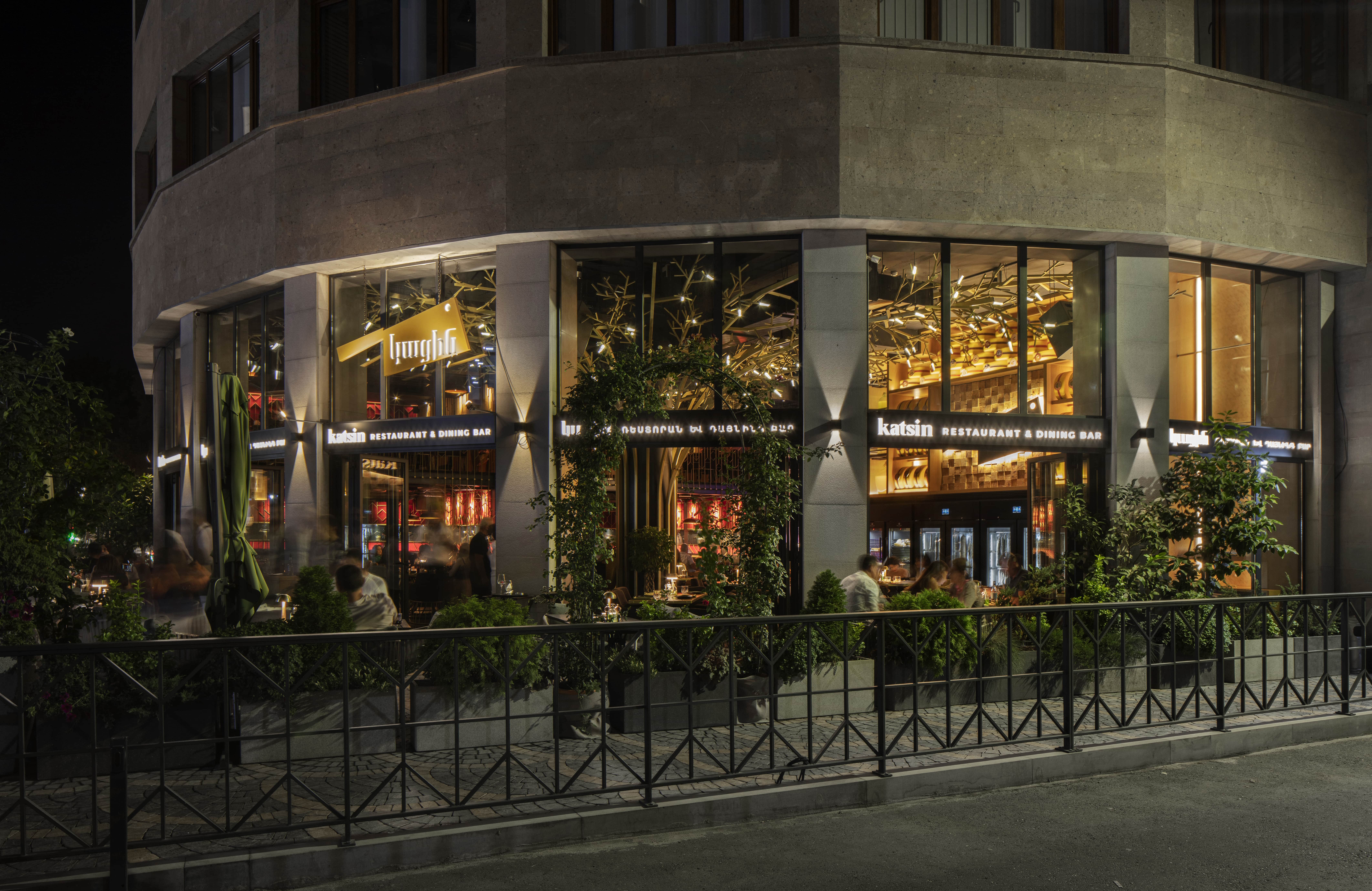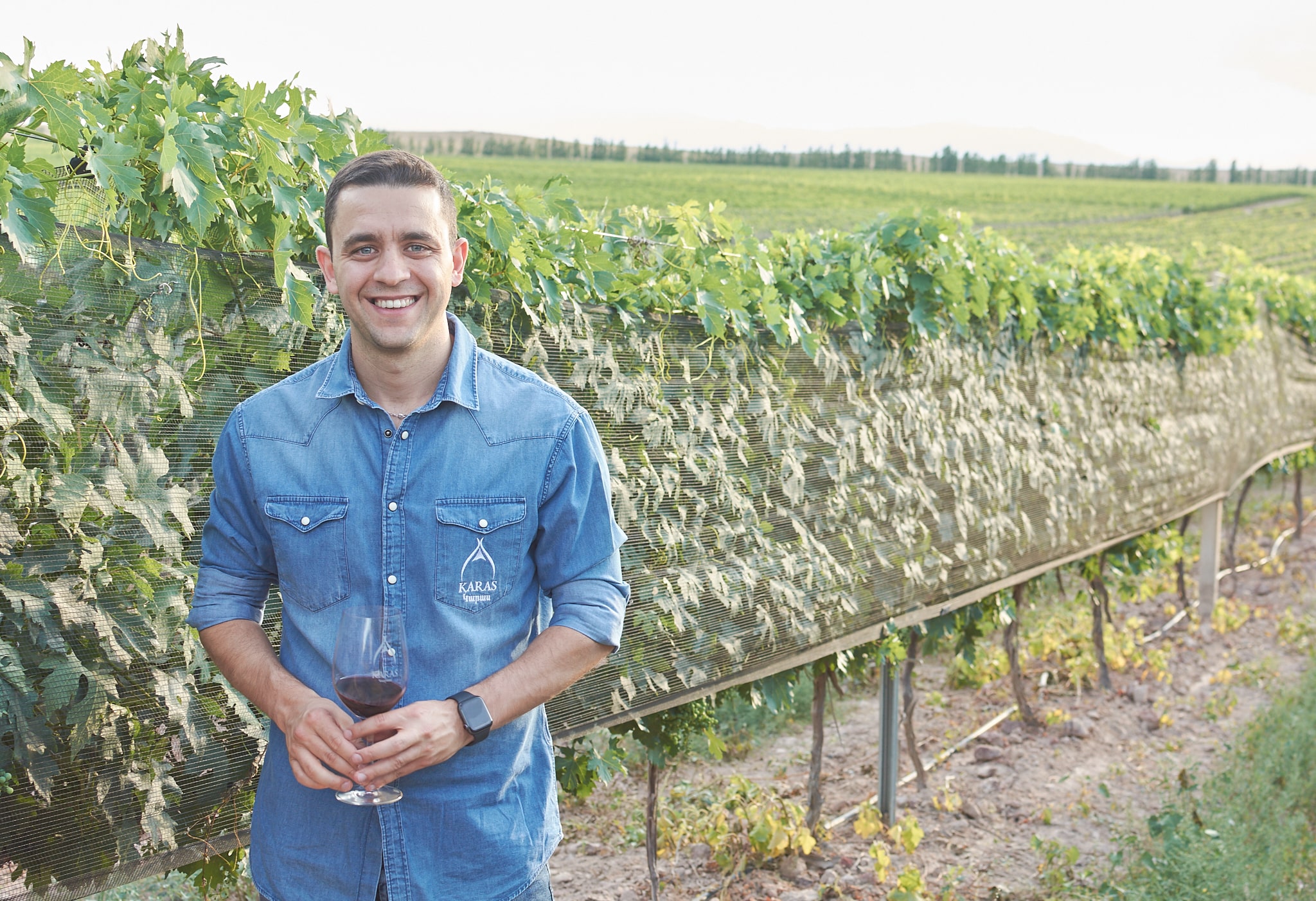Aline Kamakian of Mayrig
- By Gevorg Mnatsakanyan
- Translated by Nairi Grace Bardakjian
- 21 April, 2022
Hanging from the walls of Mayrig in Yerevan’s city center are old, black-and-white portraits of women dressed in traditional Armenian attire. All are featured because of the success of their granddaughter and daughter Aline Kamakian, who despite her managerial position, still rushes past with a handful of gourmet dishes.
The last 20 years have been busy for the Lebanese-Armenian female entrepreneur. She was born to genocide survivors from Tomarza and the Musa Dagh regions in Turkey who fled the Ottoman massacres to Beirut in Lebanon. The story of Mayrig began in 2003 when Aline Kamakian bought a dilapidated building in Beirut, Lebanon. She became the founder and owner of Mayrig (Armenian for ‘mother’) and Batchig (Armenian for ‘a kiss’) restaurants in Lebanon and Dubai in the United Arab Emirates. Both specialize in Armenian cuisine heavily influenced by Mediterranean culinary traditions.
 Aline Kamakian | Photo Credit: Mayrig
Aline Kamakian | Photo Credit: Mayrig
That building in Beirut’s Gemmayzeh district was transformed into a hub of “Vibrant Armenian Cuisine.” This credo is at the entrance to the first Beirut-based Mayrig. With another branch in Faraya, Lebanon, two in Jeddah, Saudi Arabia, and now one in Yerevan, Armenia, Aline will have her sixth Mayrig in Cairo in April of 2022 and is contemplating further expansion to Kuwait, Riyadh, and farther west to London and Los Angeles.
More than a successful business venture, Mayrig is a story of heritage. Opened in loving memory of her father who passed away in 1986 at the early age of 52, “Mayrig is, first and foremost, a vision. It is a message that we transmit to the rest of the world,” says Aline. The message? We are Armenians, endowed with a unique and strong cultural and historical legacy.
 Cheesy sou beureg | Photo Credit: Mayrig
Cheesy sou beureg | Photo Credit: Mayrig
The opening of Mayrig in Armenia received a similar reaction to the prospect of a fatherless, unmarried young woman running a business in the Arab world: apprehension peppered with skepticism. “People from the [Armenian] diaspora told me I was mad,” says Aline. But in Armenia, more than anywhere else, the added desire was to reunite the divided realms of Eastern and Western Armenian cuisine to unravel the combination’s largely uncharted potential. “Mayrig is not a diaspora-oriented establishment. The majority of our clientele are actually locals, who, with time, have learnt to open up to Western Armenian cuisine,” says Aline. “There simply can’t be any competition between the two culinary traditions.”
Maintaining a restaurant in Armenia is not an easy task. A number of ingredients, such as olive oil and sumac, once readily available to Armenians living in Ani or Julfa in the old Ottoman Empire, must today be imported from Lebanon and elsewhere. “I’m a restaurateur, not an import-export specialist. But in Armenia, I have to be both since I can’t find the quality ingredients I need. It’s a good thing I’ve learned how to fill out government papers and can now provide for all the ingredients I need,” laughs Aline.
What distinguishes Aline is her understanding of the transient nature of success and the significance of fostering an entrepreneurial spirit among the youth, namely women.
 The entrance to Mayrig | Photo Credit: Mayrig
The entrance to Mayrig | Photo Credit: Mayrig
“When we first started Mayrig, the only people who knew how to cook Armenian dishes were our mothers and grandmothers, some of whom had recreated these dishes on smell alone,” Aline says. The restaurant is an homage to their perseverance in the face of certain annihilation. But the next restaurant to come will have to be better than mine.”
-
21 December, 2022
-
15 December, 2022
-
30 November, 2022
-
26 August, 2022
Similar Stories
-
 21 April, 2022On September 19th, 2020, a new restaurant opened its doors to customers in Yerevan. Katsin is unlike anything Yerevan has seen based on its size, comfort, menu, and service. Brothers Mher and Gevorg Adamyan conceived the concept, and by owning other cafés and restaurants around the city, have become leaders in the Armenian food scene.
21 April, 2022On September 19th, 2020, a new restaurant opened its doors to customers in Yerevan. Katsin is unlike anything Yerevan has seen based on its size, comfort, menu, and service. Brothers Mher and Gevorg Adamyan conceived the concept, and by owning other cafés and restaurants around the city, have become leaders in the Armenian food scene.





